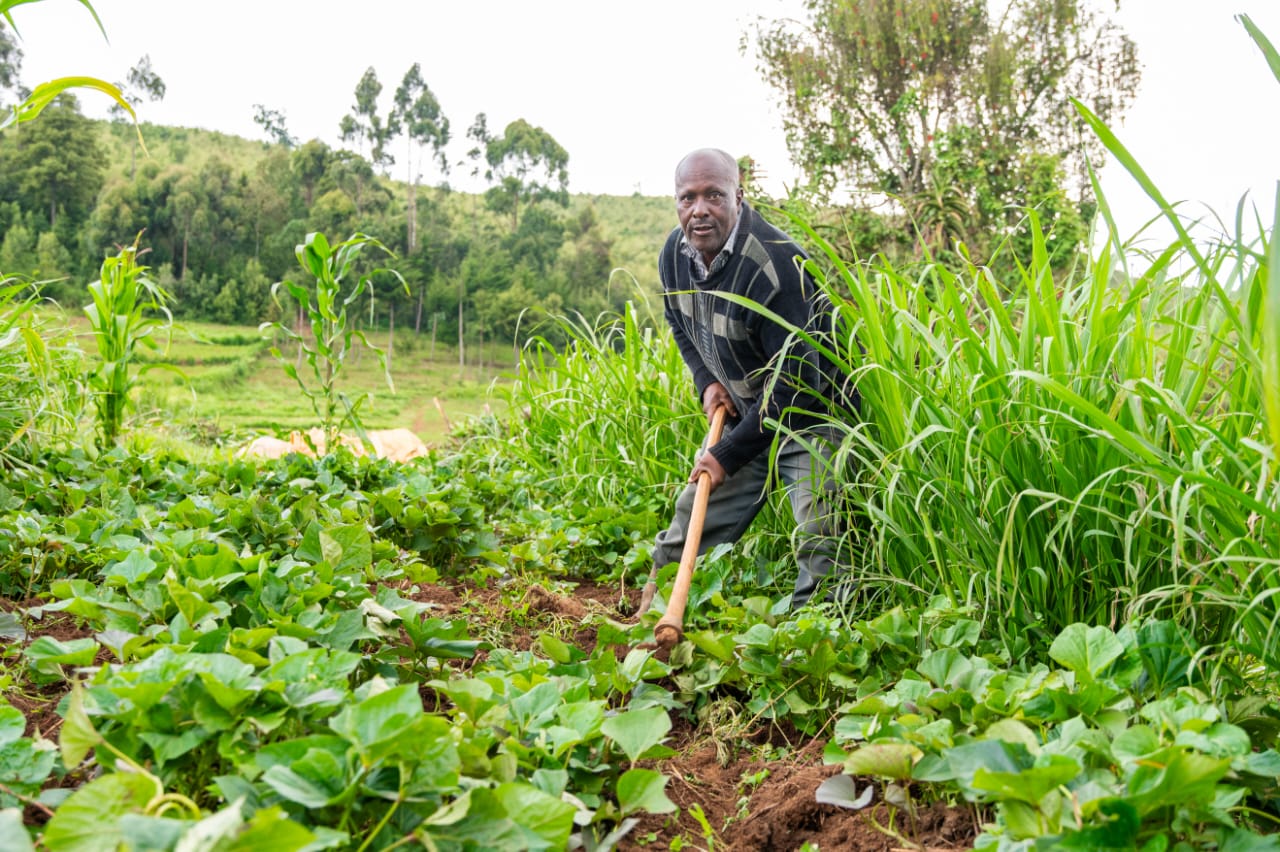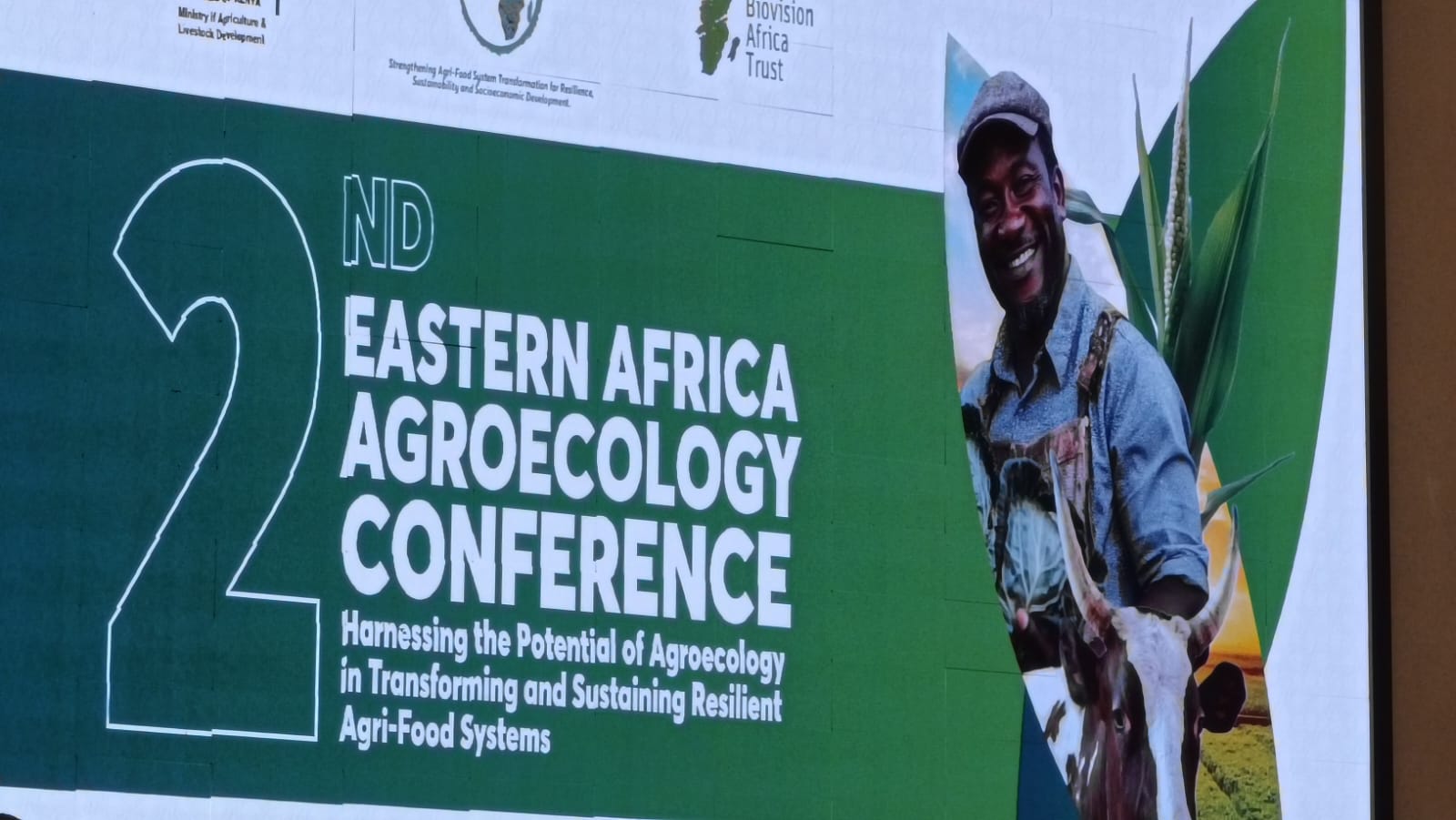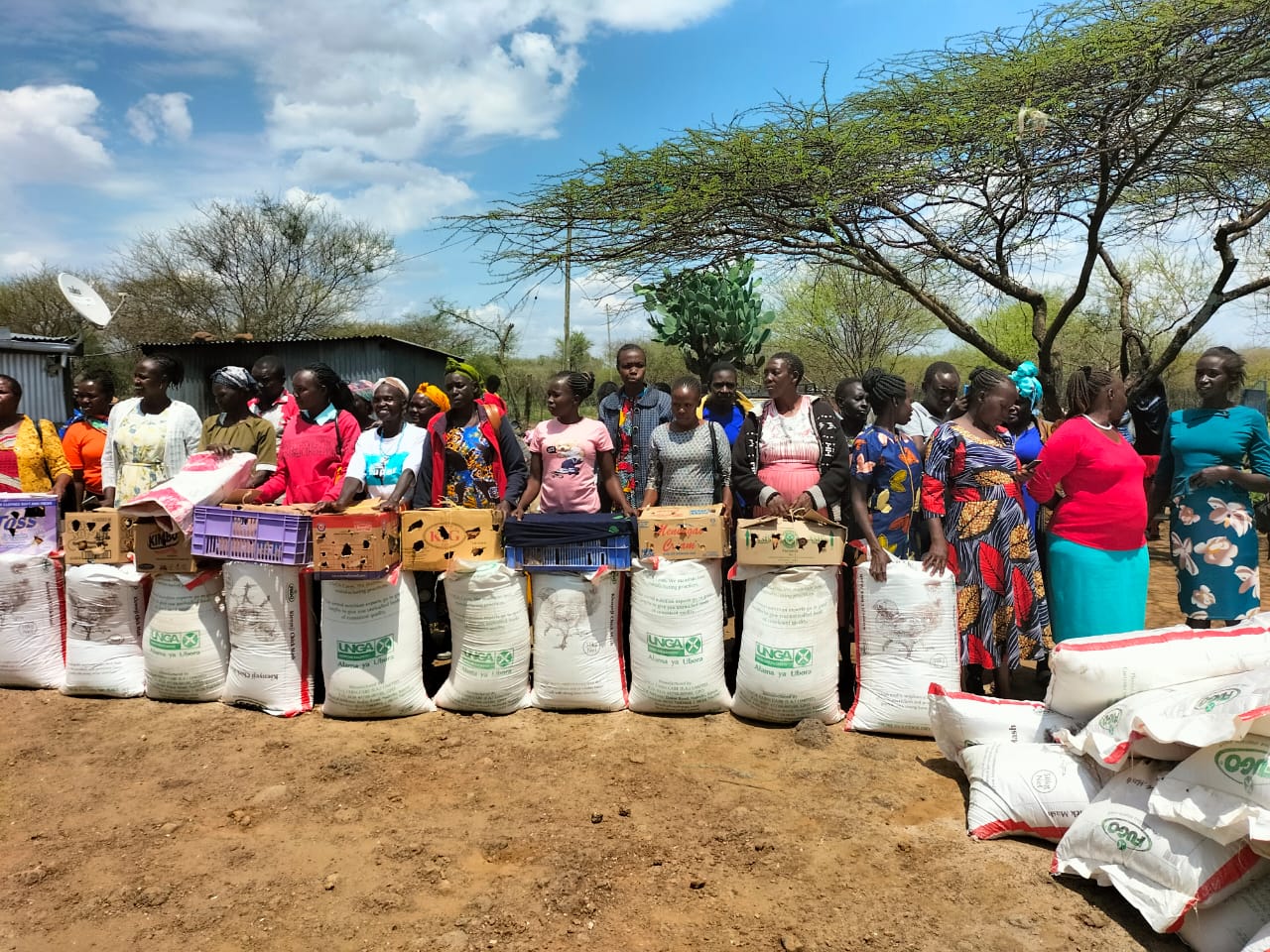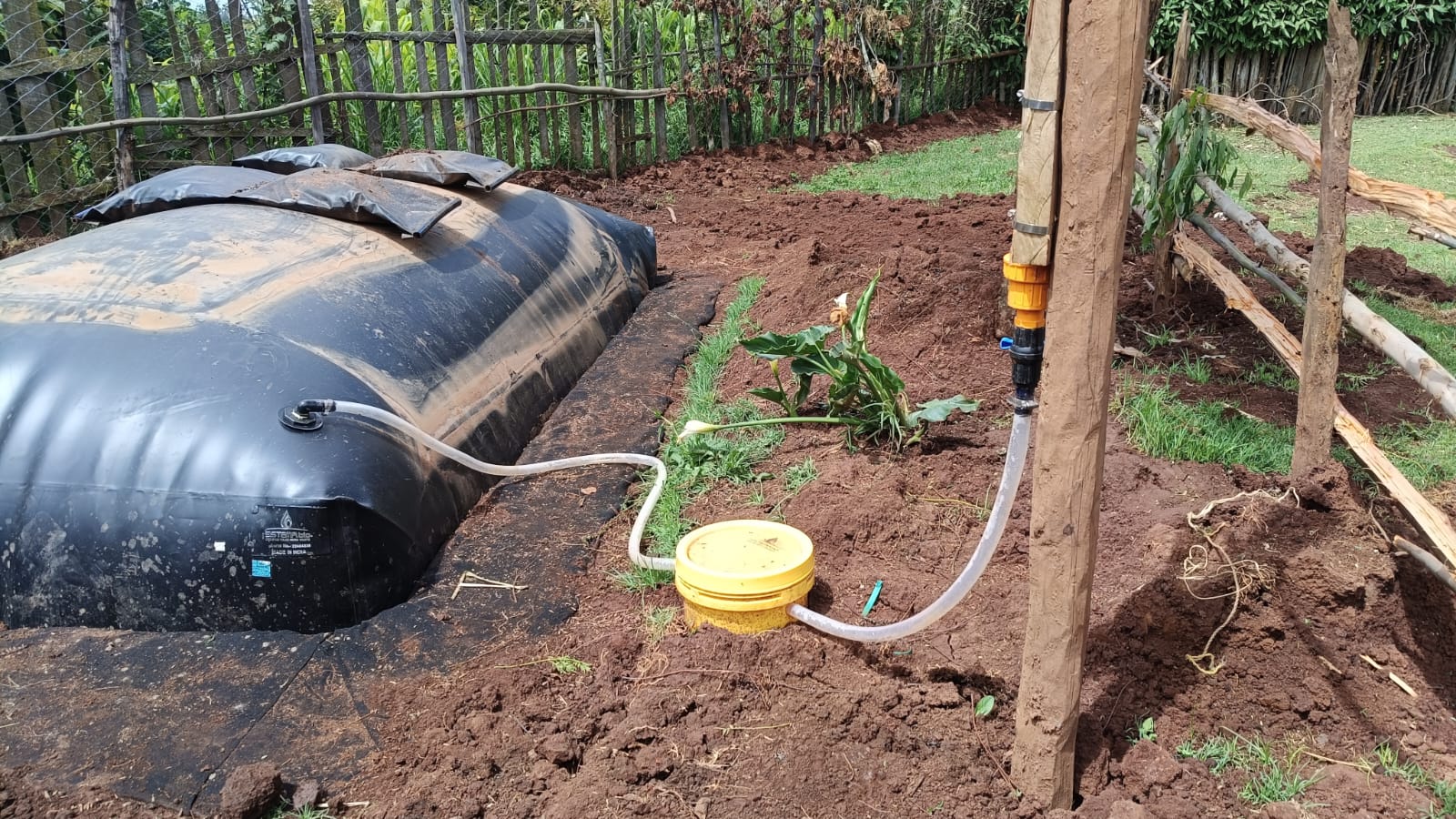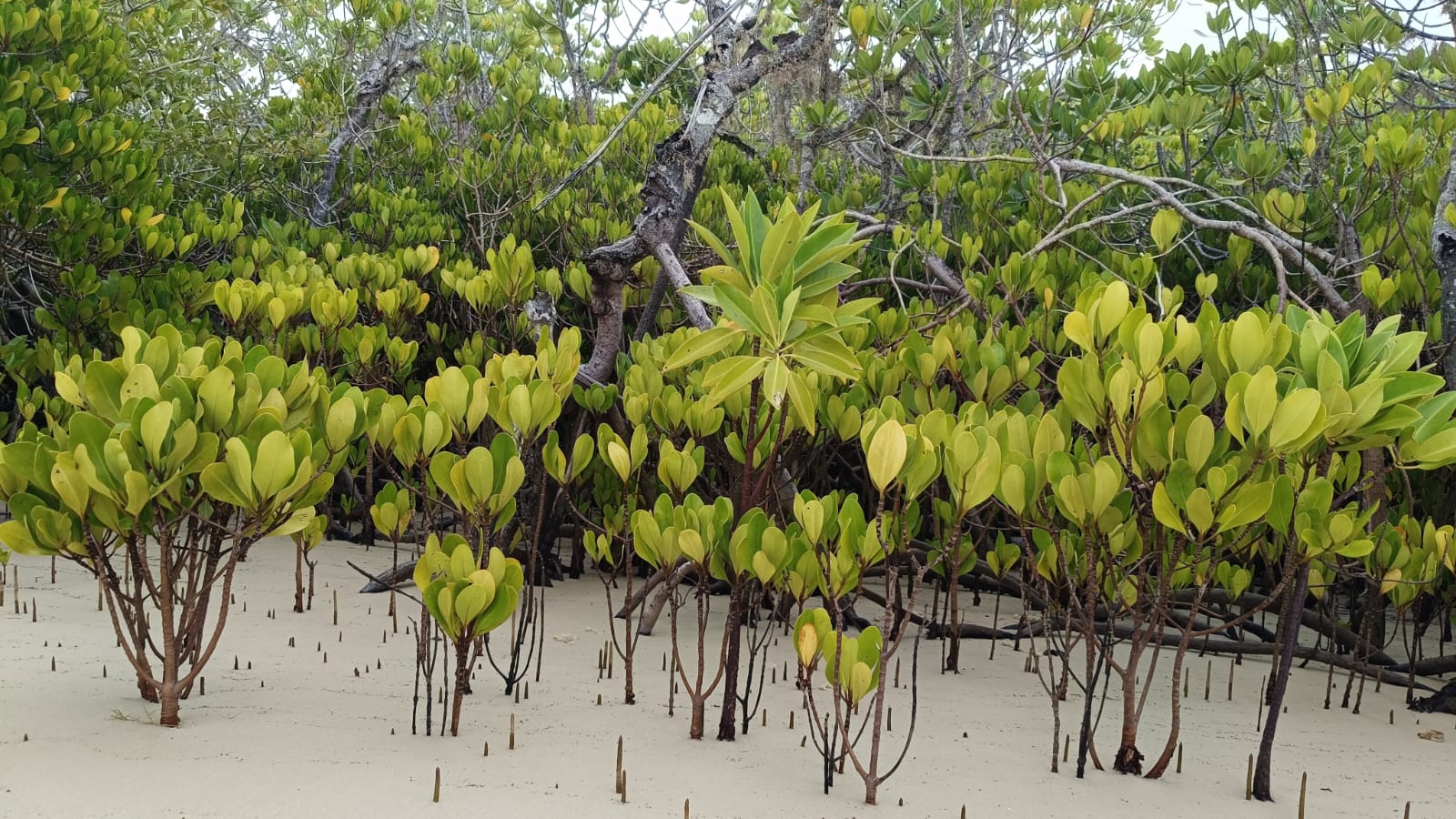Kenya’s rural communities are the backbone of its economy, with agriculture driving GDP and employing a large portion of the population. Historically, they have been the primary source of food for urban areas and a key contributor to exports, solidifying the rural sector as Kenya’s agricultural hub.
Content related to the following topics
Cultivating Change: Insights from the Agroecology Conference
The recently concluded second Eastern Africa Agroecology Conference was an experience of inspiration, innovation, and collaborative spirit. We at 3E Africa were privileged to be part of this vital gathering, where global experts and practitioners converged to discuss the future of sustainable agriculture.
Women and rural development: A path to sustainable future.
Rural communities, the heart of many nations, are vital sources of food, resources, and cultural heritage. Yet, they often face significant challenges: poverty, limited education access, and inadequate infrastructure. Recognizing this, 3E Organization has discovered that women inclusion is important to bridge these gaps. Empowering women is not just about gender equality, it’s the cornerstone of thriving communities.
Improving rural lives :How Biogas is Empowering Communities
For generations, rural communities have relied heavily on non-renewable energy sources like firewood for their basic needs – cooking, lighting, and heating. This dependence not only strains our forests but also contributes significantly to climate change. Recognizing this urgent need for sustainable solutions, the 3E organization is championing the adoption of clean energy sources, particularly biogas, in rural areas.
Mangroves: The Heartbeat of Lamu’s Ecosystem
Mangroves are carbon rich ecosystem that are mainly found in tropical areas around the world. However, they are threatened by a combination of natural and human induced factors. In the coastal town of Lamu, Kenya, mangrove degradation is particularly evident. While these forests have traditionally sustained the local communities, overexploitation for timber and fuelwood has taken a heavy toll.
Local Entrepreneurship: 3E Organizations Approach to Sustainable Entrepreneurship
Entrepreneurship has emerged as a powerful force for economic development, creating jobs and fostering innovation. By providing entrepreneurs with the necessary support, we can unleash the full potential of this sector and create even more opportunities for growth.
Minting Money from Pawpaw and Vegetable Farming in Arid Areas: The Story of Sarah Ruto.
Sarah Ruto, a 48-year-old resident of Kaptich village in Marigat subcounty, Kenya, was familiar with the challenges of farming in an arid and semi-arid area (ASAL). For years, she relied on maize farming primarily for commercial purposes, generating income only once a year, which mainly went towards her children’s school fees.
Empowering Marigat women through sustainable poultry farming.
In Marigat, a Kenyan area known for its arid and semi-arid climate, malnutrition a is prevalent. Unpredictable rainfall patterns make achieving food security a constant struggle. The dry seasons render large parts of the year unproductive.
Hermetic Grain Silos: A sustainable solution to Post-Harvest Losses.
Farmers have traditionally relied on their own methods to store grain after harvest, but these methods often have limitations and are not very efficient. While there’s been a focus on increasing crop yields, less attention has been paid to post-harvest losses, which can be as high as 30%.
Renewable energy-A cure for farmers in Molo
3E is leading the transition to renewable energy, particularly biogas, among Molo farmers. By replacing traditional fuels with biogas, households reduce emissions, improve waste management, and boost productivity.
